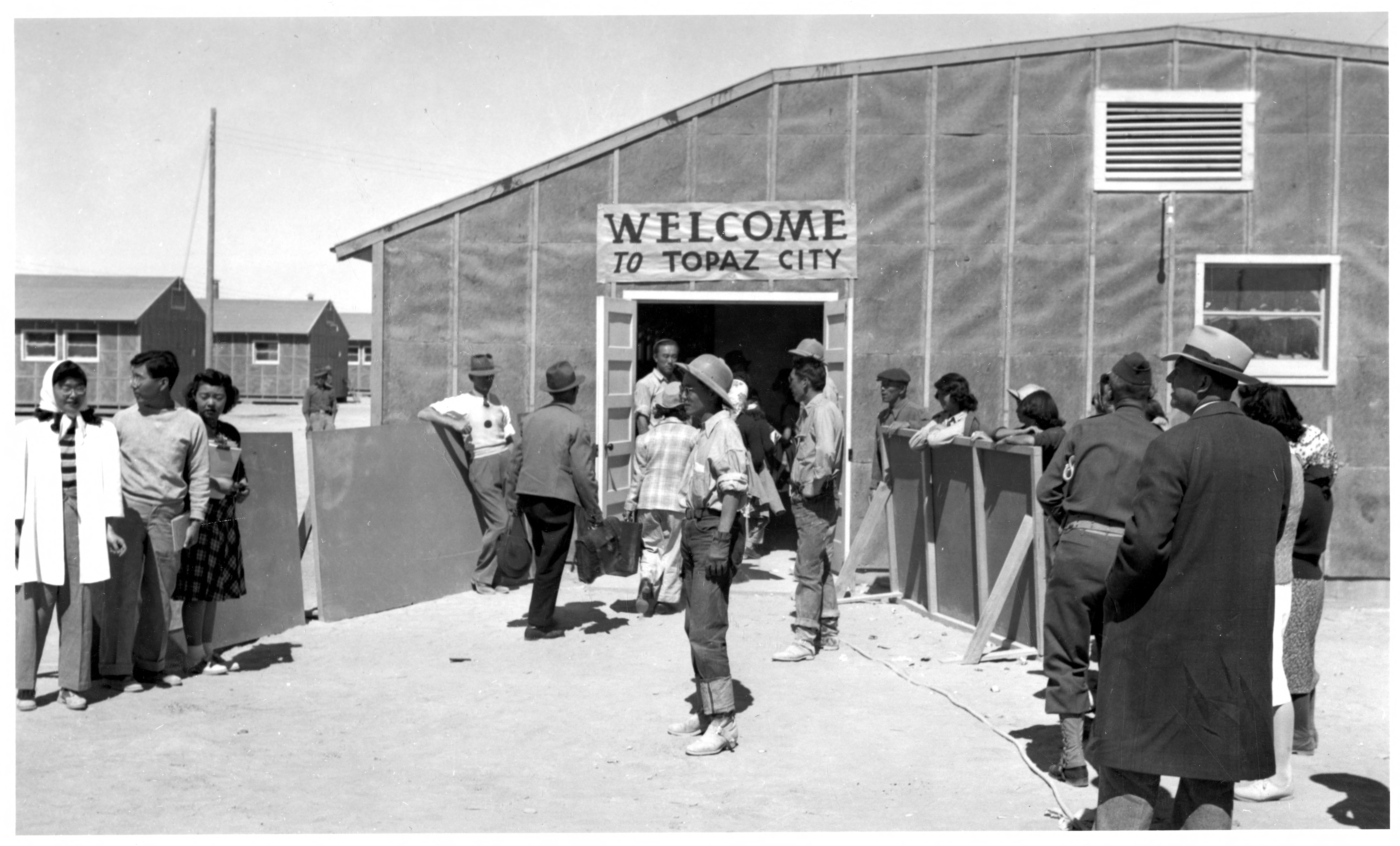Located in Delta, Utah, Topaz concentration camp opened on September 11, 1942 and held 8,000 Japanese Americans, mostly from the San Francisco Bay Area. Topaz is perhaps best known as the site of the fatal shooting of an inmate by a sentry in April 1943 and the inmates protests that took place in its aftermath, as well as the art school, which included a faculty roster of notable Nikkei artists.
Featured Collections
Alameda Japanese American History Project: World War II
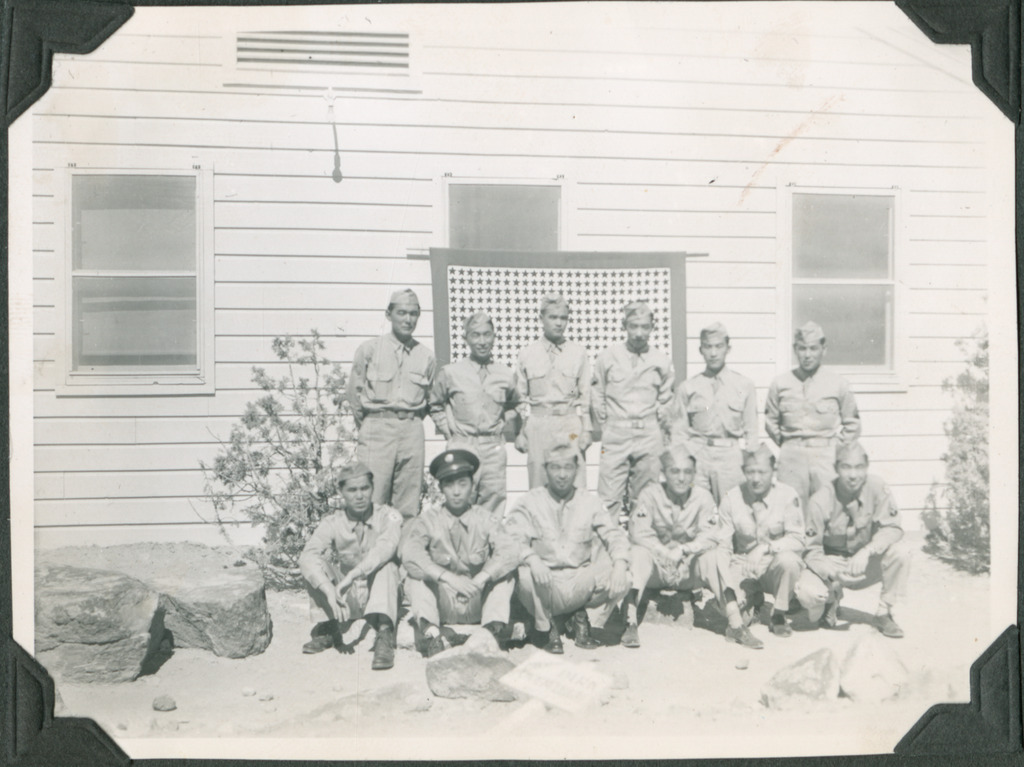
This collection consists of photos and records of WWII military service, diaries from Topaz and Tule Lake, and photos from Heart Mountain.
Kimiko Fujii Kitayama Collection
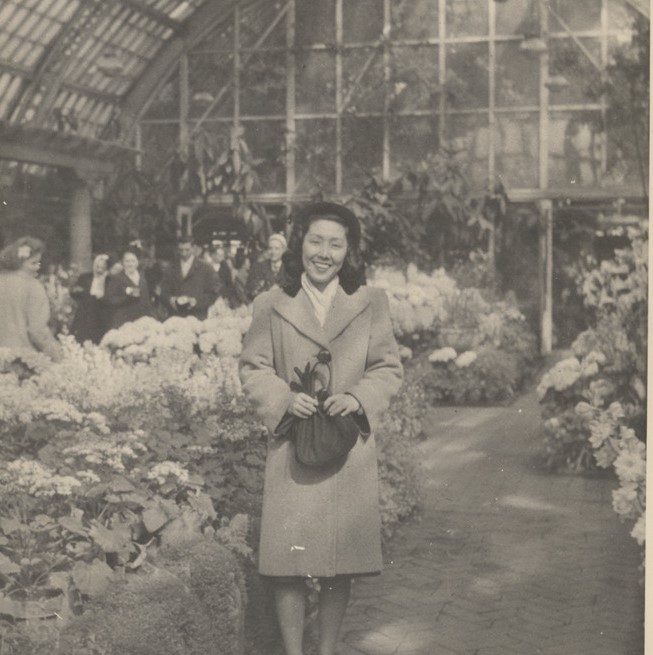
This collection consists of materials related to the Fujii family's incarceration at Topaz concentration camp, Kimiko's time in college, her work as a florist and with community organizations, and diaries.
Terakawa Collection
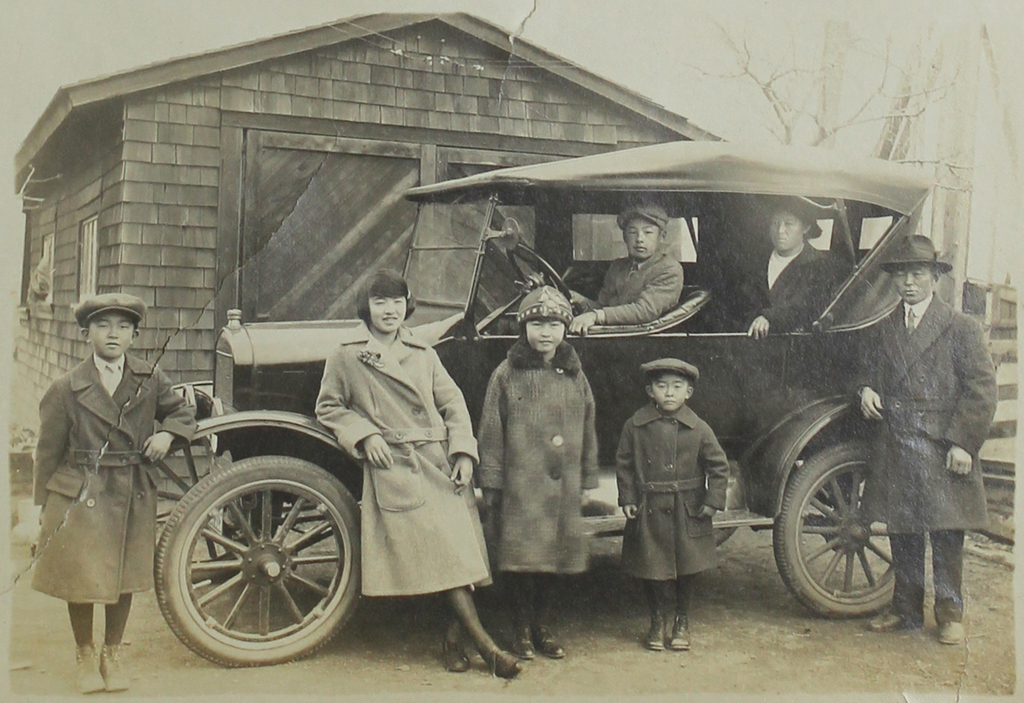
This collection contains materials related to the Terakawa family's life in Hayward, California and their time in Topaz concentration camp during the war.
Oral histories
Contemplating Freedom at the Camp Fence - Helen Harano Christ
Helen Harano Christ was incarcerated in the Topaz concentration camp, Utah. In this clip, she describes a realization about her loss of freedom.
Impact of Camp Experience on Identity - Harry Kawahara
During World War II, Harry Kawahara was incarcerated in the Tanforan Assembly Center, California, and the Topaz concentation camp, Utah. In this clip he talks about how being in camp had an impact on his formative years.
The Psychological Toll of Camp on Mother - Ted Nagata
Ted Nagata was a young child when he and his family were incarcerated in the Topaz concentration camp, Utah, during World War II. In this clip, he talks about the difficulties his mother had coping with the camp situation.
Encyclopedia entries
Rohwer
The "Central Utah Relocation Center"—more popularly known as Topaz—was located at a dusty site in the Sevier Desert in central Utah. The second least populous of the WRA camps (after Amache), Topaz had a peak population of 8,130 inmates.
Topaz Times (newspaper)
The Topaz Times (September 17, 1942 to March 30, 1945) was the newspaper of the Topaz, Utah, concentration camp. Ranging from four to six pages in length, the mimeographed newspaper was published daily for the majority of its run.
Committee of Nine (Topaz)
The Committee of Nine at Topaz formed in 1943 and represented Issei opposition to loyalty question number 28 of the Loyalty Questionnaire because it forced them to renounce their Japanese citizenship, the only citizenship they were allowed by law, in order to declare loyalty to the United States.
Tanforan/Topaz Art School
Founded by Issei artist Chiura Obata and staffed by a large group of artists from the San Francisco Bay Area, the art schools at the Tanforan and Topaz concentration camps served as a source of recreation and refuge for the inmates, while also inspiring a wide variety of art and making a lasting impact on the lives of many of its students.
Blog Posts
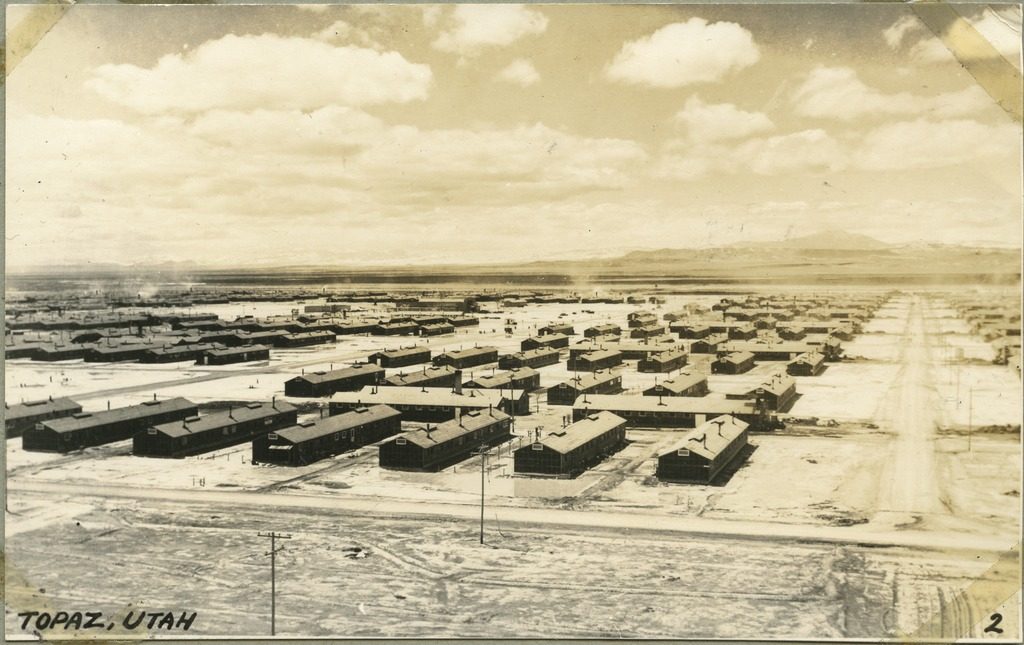
Ten Little Known Stories About Topaz Concentration Camp
The “Central Utah Relocation Center”—more popularly known as Topaz—was located at a dusty site in the Sevier Desert and had one of the most urban and most homogeneous populations of the camps, with nearly its entire inmate population coming from the San Francisco Bay Area.

The Labor History of Japanese American Incarceration during WWII
Japanese Americans were expected to help build and maintain the concentration camps where they were held, as well as grow some of their own food to offset the costs of their imprisonment. The working conditions and paltry wages offered by the WRA left much to be desired.
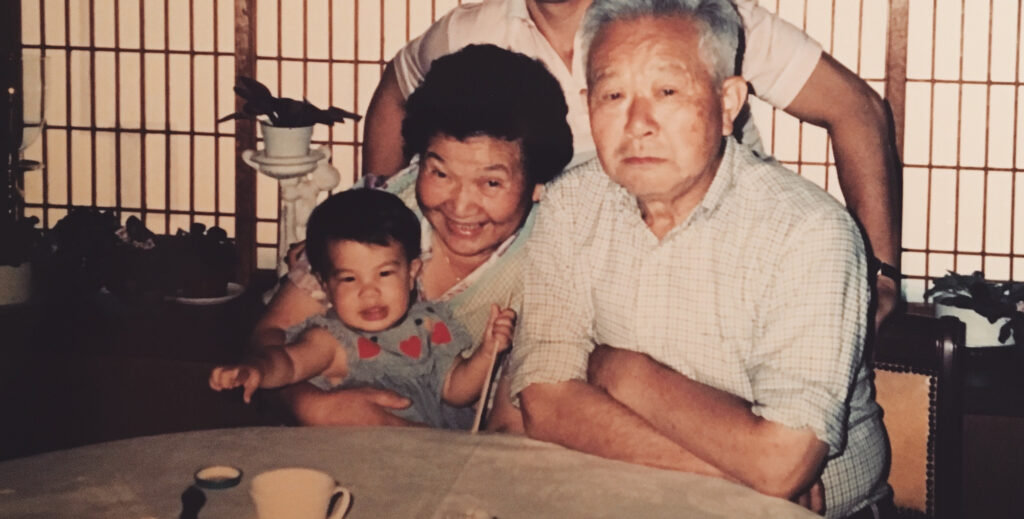
Diana Emiko Tsuchida On How Her Grandmother’s Story Helped Her Write Her Own
In this guest post for Women’s History Month, Diana Emiko Tsuchida, creator of the journal and oral history project Tessaku, writes about how her grandmother’s experiences during WWII have shaped her own life. She reflects on the memories shared — and lost — between generations and the unsung labors of love of the women who came before us.

Educational Material Tide Goes Out
Part-biography, part-fiction, Tide Goes Out recounts one family’s journey from their early years on the shores of Terminal Island, through their removal and detention in Manzanar, and their eventual return to the place they once called home. In order to help you bring this graphic novel to your classroom or community group, we’ve crafted some thought-provoking questions and learning activities.
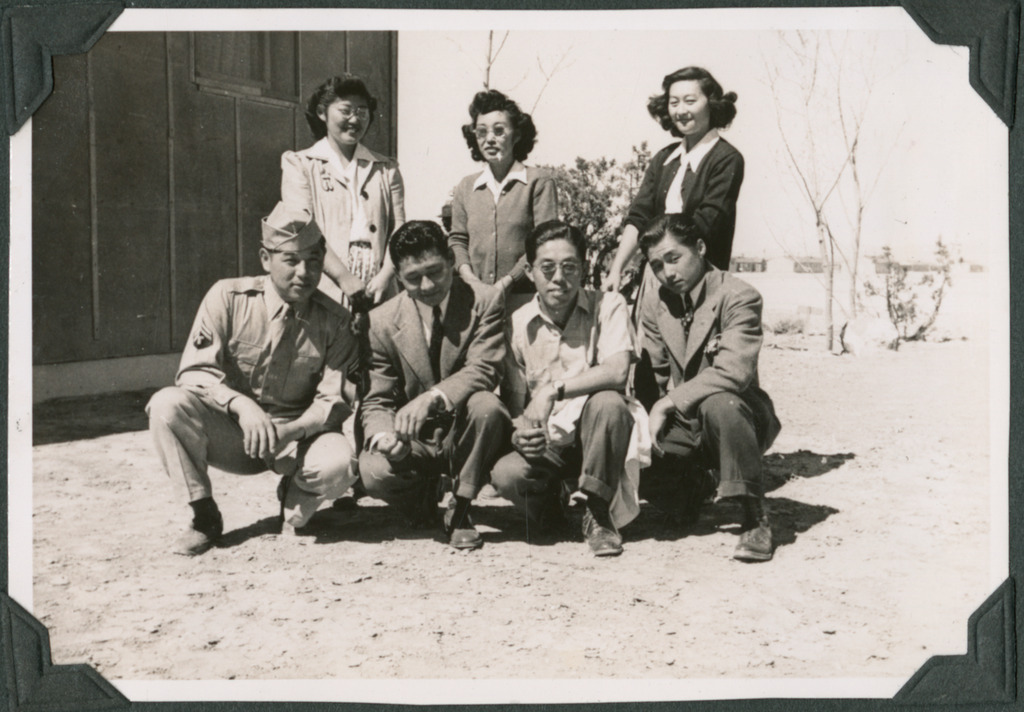
Exploring Your Family History
Over the past two decades Densho’s extensive online resources have become increasingly useful as a tool for Japanese American families to explore their heritage. The Densho Family History Program’s mission is to help members of the Japanese American community connect with their history through education, training, access to genealogical tools, and preservation of historical materials.
Acknowledgement
Funding made possible by The Henri and Tomoye Takahashi Charitable Foundation.
